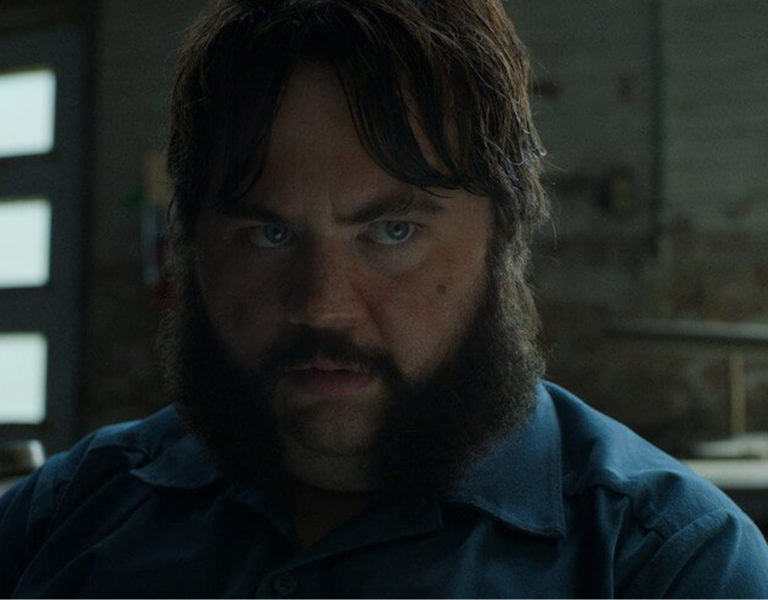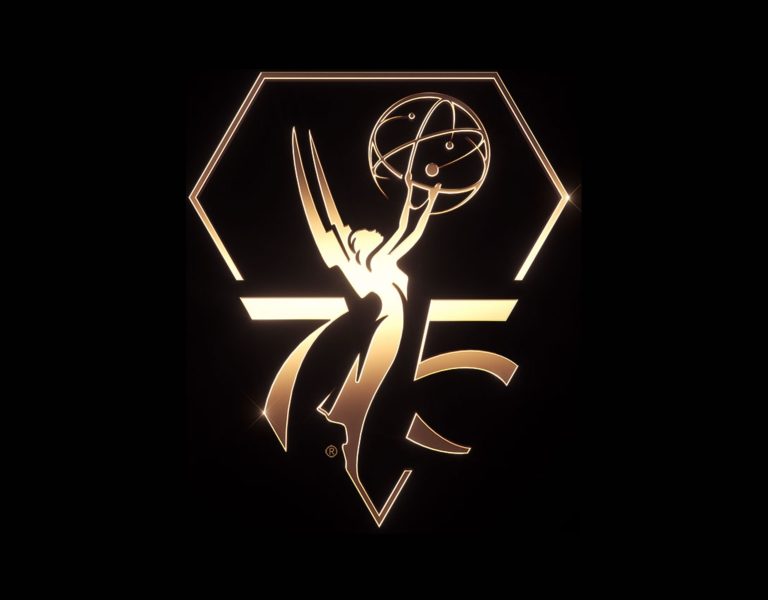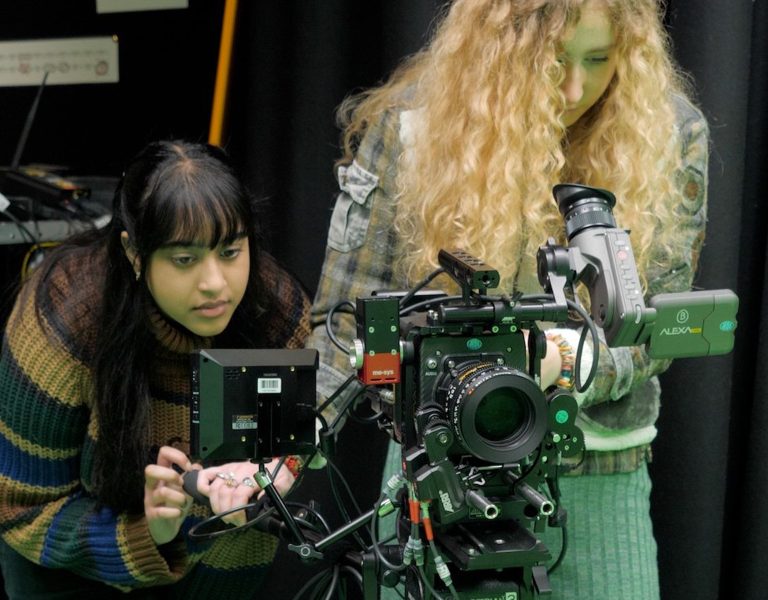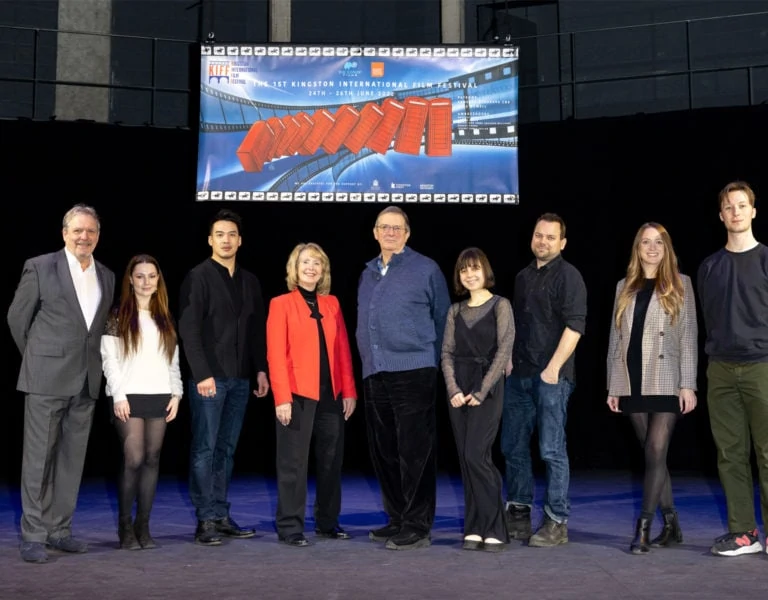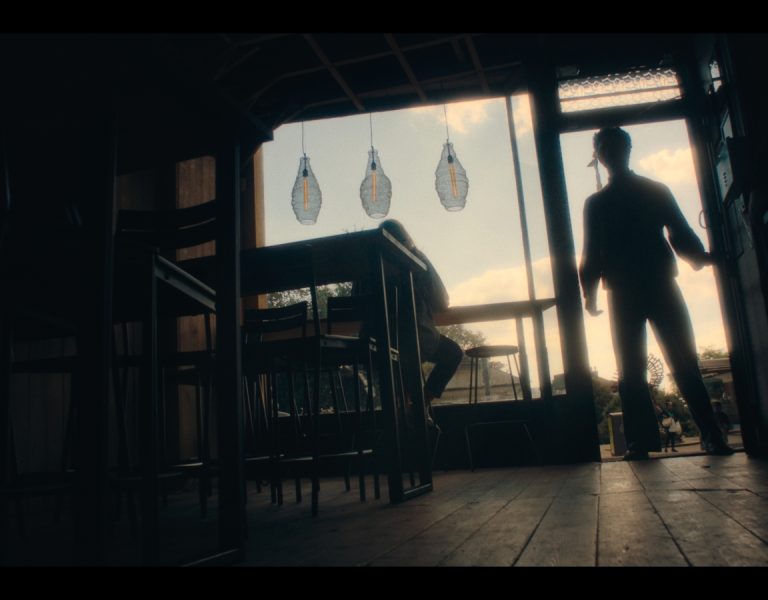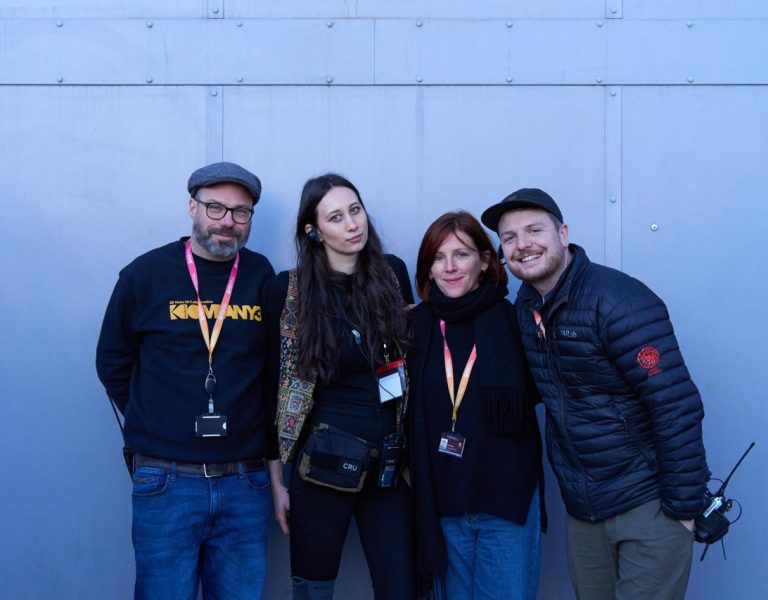DARE TO DREAM
Natalie Kingston’s ceiling-smashing Emmy win for Black Bird is both a personal triumph and a remarkable step forward for the global camera community.
“The Emmy win hasn’t fully sunk in yet; I’m still processing it all. I have to look at the statue on the shelf to make sure it all wasn’t just a dream!”
That reaction isn’t perhaps unusual for a winner, particularly for someone winning for a first time in any of the categories for the various film and television academies. But sometimes a “first time” can have even more import, as it was with Natalie Kingston as the winning DP for her work on Apple TV+’s undercover-intrigue-in-prison series, Black Bird, and its “Hand to Mouth” episode in particular, making her the first woman ever to win a cinematography Emmy for narrative work.
“This was my first television project in which I shot all six episodes,” she told us. “It was a new challenge for me, and I felt very fortunate to have the opportunity to create and maintain the look of an entire series. Leading up to Black Bird, I shot independent feature films, commercials and music videos.”
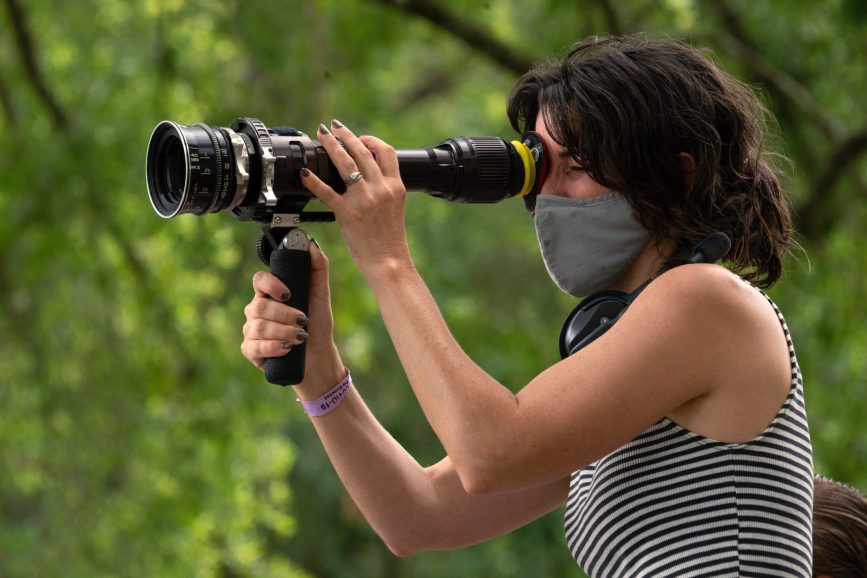
Her win came in the Limited or Anthology Series or Movie category, and she’d decided on submitting this particular episode because she “felt like it was the most representative of the series’ cinematography as a whole”. In it, main characters Jimmy and Larry – played by Taron Egerton and Paul Walter Hauser respectively – “meet for the first time and the episode mostly takes place in our main prison location. One of my favourite scenes is when Jimmy fights another prisoner to prove his ‘friendship’ to Larry. This scene stuck out to me when I read the scripts for the first time and I’m really happy with the way the visuals turned out. We lit it by skip-bouncing ARRI Maxes through the windows and embraced a static camera for much of the scene to build tension.”
Static compositions or otherwise, Kingston likes to curate the camera and lenses for each project. “I still shoot on the [ARRI Alexa] Mini LF as well as the Sony Venice and the Alexa 35 [and] I’ve recently used the new Panavision Ultra Panatar II lenses on the past couple of projects; I really like them. With lighting, I typically use a combination of old and new tools, like tungsten, HMI and LED fixtures.”
But her arrival as an Emmy winner wasn’t simply a matter of a unique curation of kit, but also learning from and being inspired by how those tools had been used in the hands of other pioneering female DPs. “Seeing images of talented women behind the camera, being fearless leaders, had such a profound impact on me when I was coming up, so I strive to pass along that inspiration. I remember seeing images of Mandy Walker (AM ASC ACS), Amy Vincent (ASC) and Nancy Schreiber (ASC), and there was one particular black-and-white image of Reed Morano (ASC) in American Cinematographer magazine in 2011 or 2012 that hit home for me. That was around the time I started to focus all of my energy on shooting, and that photo told me that it was possible. I believe that it’s so important to see what you dream to become one day.”
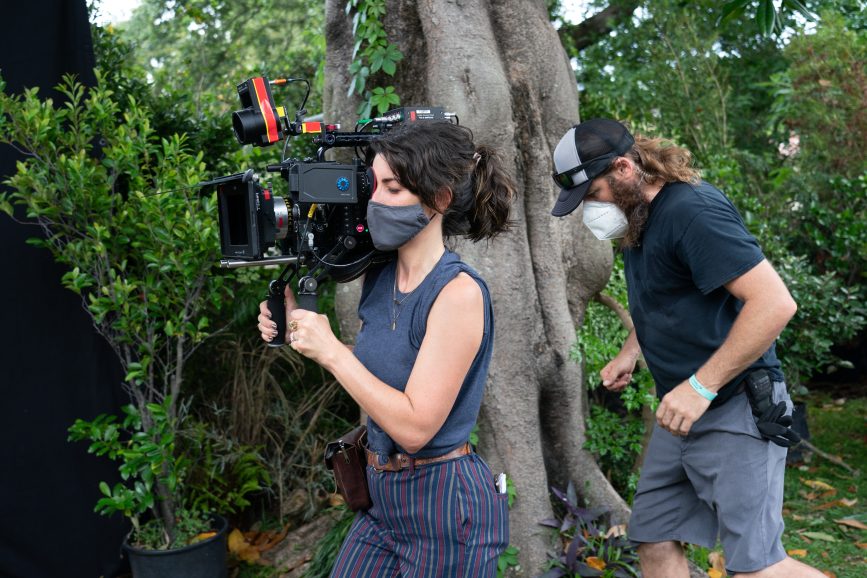
All the DPs listed are trailblazers in their own right, but as noted, it was Kingston who finally got to spike the ball, or crack the lens, of this particular glass ceiling – pick your metaphor – in the narrative categories.
But those weren’t the only pioneers Kingston drew inspiration from. For Black Bird, specifically, she turned to the seminal work of African American photographer (and later, film director) Gordon Parks. In particular, his Atmosphere of Crime series, which she says “was really the crux of visual inspiration for (the show). I knew that the cinematography couldn’t be overly stylised or it wouldn’t feel believable; it had to be naturalistic but elevated. The Atmosphere of Crime encapsulated that to me. Parks took these photographs in real prisons using available light in a visceral, yet artful manner.”
Kingston allows her visual style to shift and change from project to project. “Work building on itself […] is an interesting concept to ponder. I don’t think the previous films I’ve shot consciously inspire films that proceed in an overall stylistic way; I think it’s more nuanced. For example, if I’m playing around with a certain quality of light on one project, then maybe on the next one I’m applying a similar quality but in a slightly different way. Or sometimes I’m inspired by the same still photograph or painting for different projects, but I discover a new layer that works for that current project but in a totally different way.”
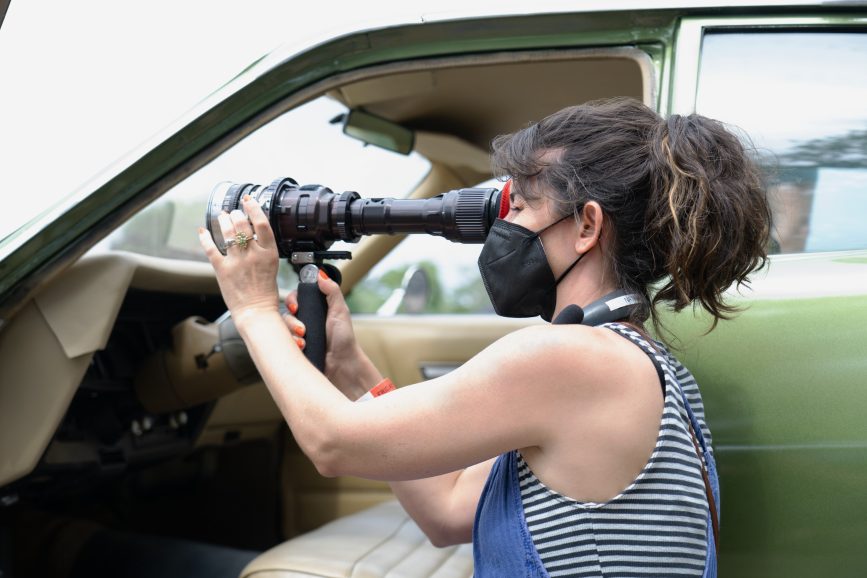
And for providing her the chance to make those discoveries when shooting Black Bird, she’s quick to thank “(series creator) Dennis Lehane, all of the producers, directors and everyone at Apple TV+ who put their trust in me”, all the way to everyone on her camera crew, from 1st AC Robert “Tweedy” Francis, Steadicam operator Colin MacDonnell, her B-camera operators, and the DIT, gaffers and grips – a list so thorough, we don’t actually have room to list them all here – on down to those doing post, including colourist Natasha Leonnet.
In addition to the gratitude, Kingston is working to pay things forward, “constantly mentoring young female and non-binary cinematographers. Whenever I have the opportunity to bring them on my sets to shadow or intern, I do so,” encouraging them to “keep grinding at their crafts and to know that this is possible” along with the hope that we are all “one step closer to dropping the word ‘female’ in front of the [word] ’cinematographer’.”




